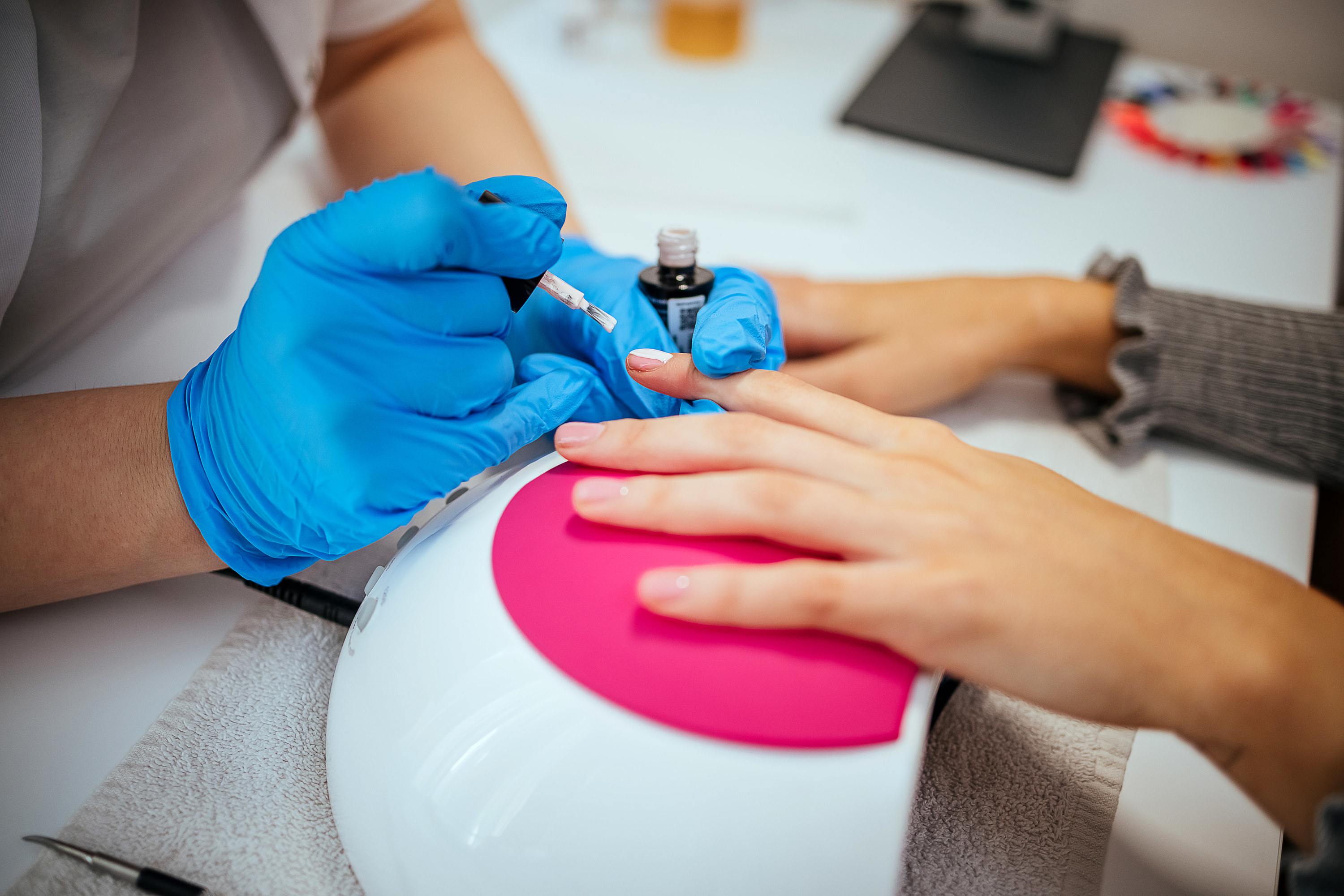Hi, fellow beauty lovers! A few months ago, I wrote a post about my experience trying the viral nail slugging trend. I was desperate to bring my weak brittle nails back to life after having my beloved gel extensions on for over a year. (TL;DR: the hack did help!)
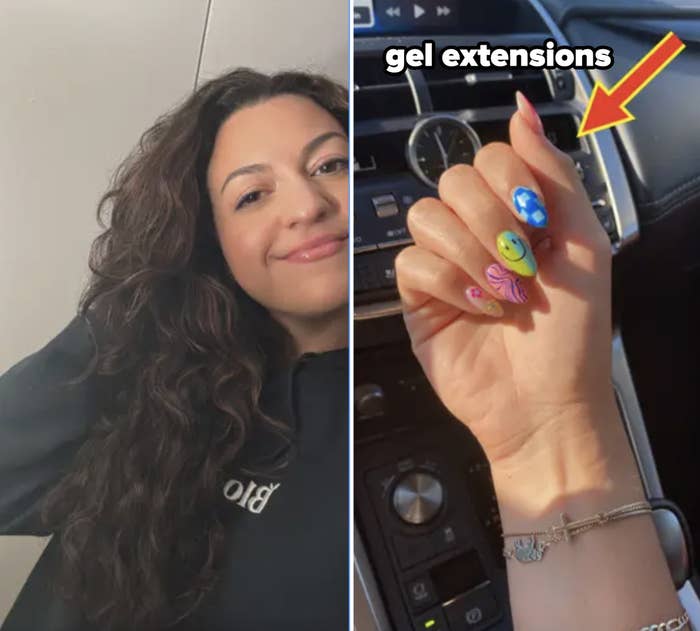
The past several months have consisted of me religiously applying cuticle oil every night, applying nail strengthener to my sad nails, and sticking to regular polish in the hopes of getting my natural nails strong and growing long again.
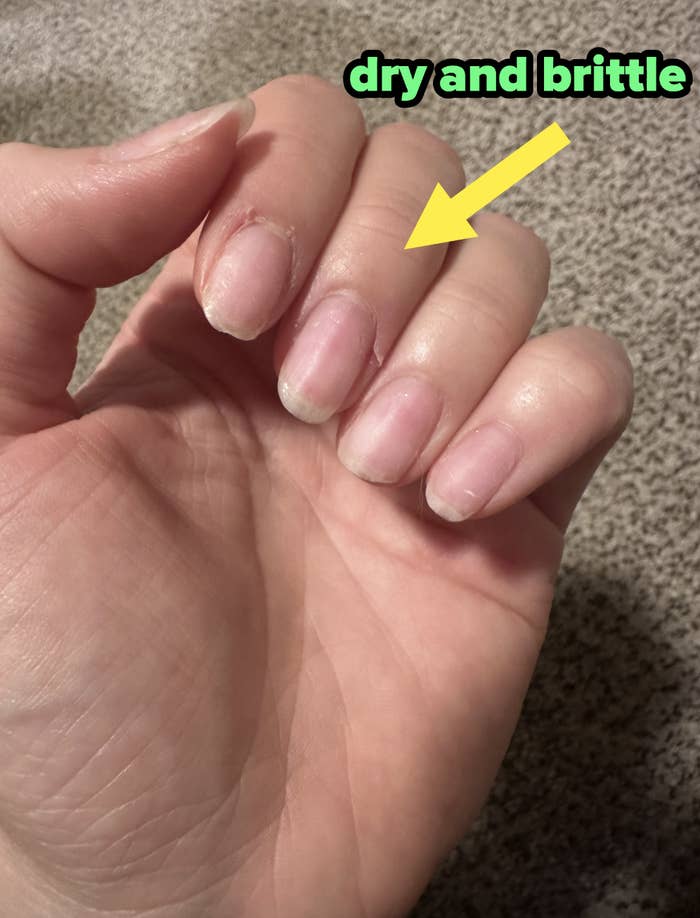
I knew I would reach a point where I would get a gel manicure again — especially since the warm summer months are right around the corner. So I reached out to licensed nail artist Vanessa Cao, to learn more about gel manicures— including the different types, how damaging gel manicures really are, the importance of nail health, and more.
First things first, there is a lot of confusion around gel manicures being a cause of weak, brittle nails — and Vanessa said that this is not the full story.
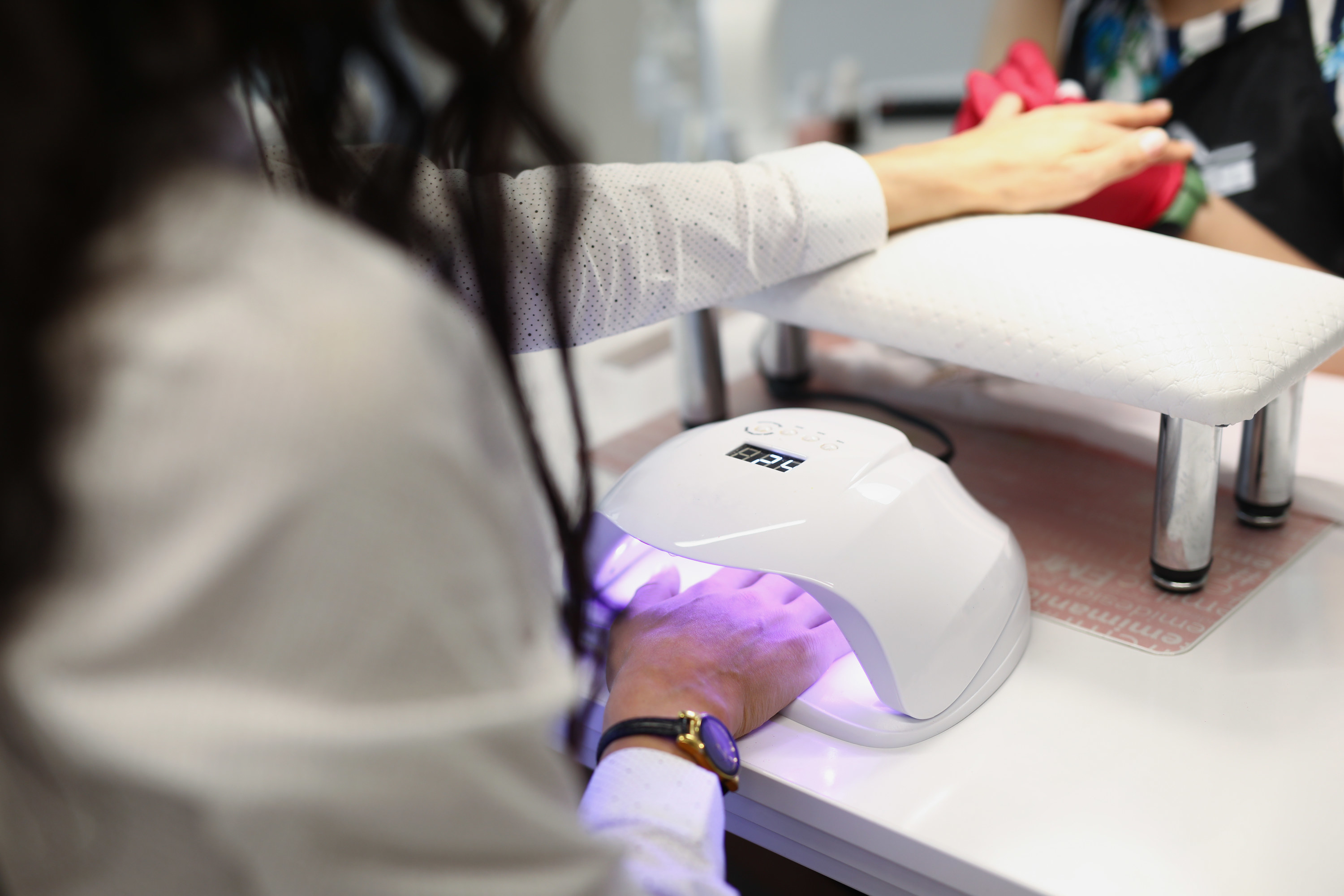
"I always say that it’s usually not the product that damages your nails, it’s the nail artist or technician that you are seeing. Gentle yet effective removal and prep is so important," Vanessa explained.
"Many streetside salons use acidic primers with their services. That acid primer will sit on your natural nail or under your nail enhancements, and slowly eat away at your nail plate, causing peeling of the natural nail, white spots, and in extreme cases, pain," she said.
If you're unsure what type of primer your nail salon uses, Vanessa said you can ask to see the bottle, as it will usually say if the primer is acidic on it.

Knowing this, I asked Vanessa to explain the different types of gel. Admittedly, when I get a gel manicure, I have no idea what type of gel a salon is offering and putting on my nails. In fact, I didn't even know there was more than one kind.
Vanessa explained that there are two different types of gel — soft and hard. "'Soft' [gel] doesn’t mean that the gel is actually soft. It simply indicates that the product is able to be soaked off by acetone," she said. "Soft gels are also able to flex with the natural nail and absorb more shock."
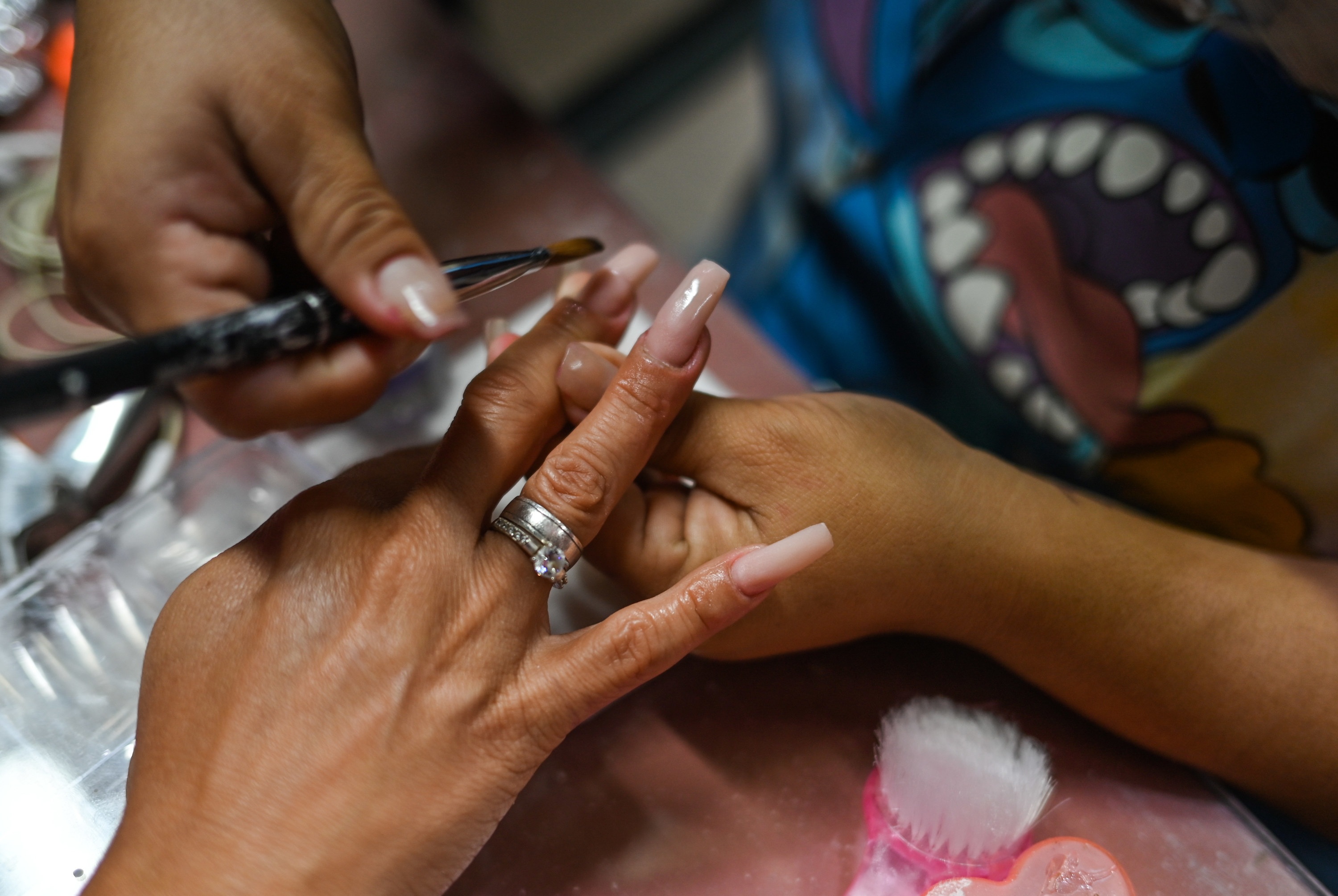
"Hard gel cannot be soaked off with acetone. Salons typically fill a hard gel manicure instead of soaking it off. If hard gel needs to be fully removed, only abrasives — such as hand files and e-files — will do the trick," Vanessa told BuzzFeed.
For some more context, hard gel is typically used to add length to a short natural nail and is cured under an LED lamp or UV light.
Regardless of which type of gel you prefer, it's most important to keep your natural nails healthy and strong when you're in between gel manicures.
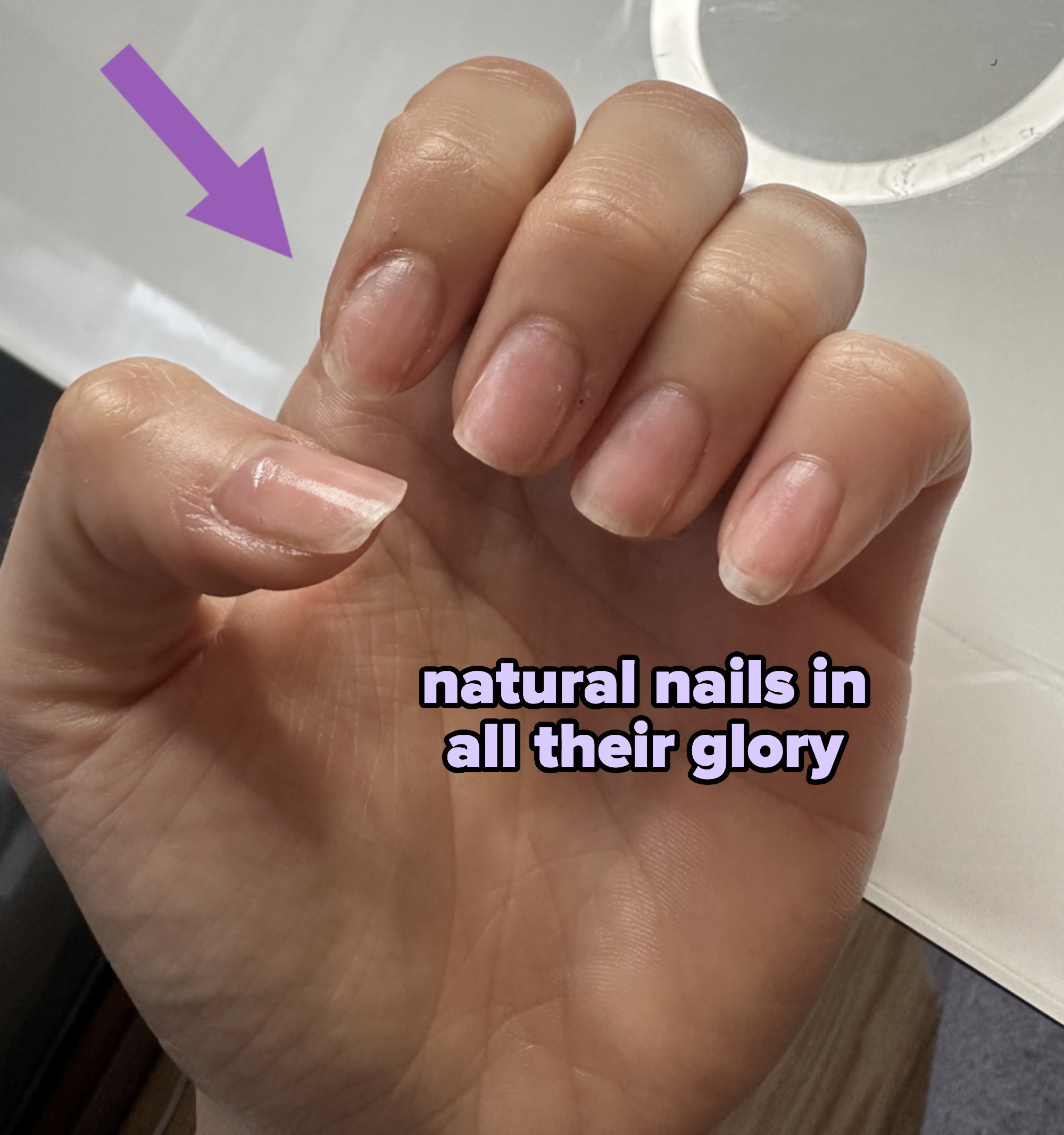
"The general rule of thumb is to remember that nails are jewels, not tools. No matter how strong the nail enhancement is, they will break if used for tasks that are not meant for nails," Vanessa told BuzzFeed.
"Like hair and skin, nails also need to be hydrated and moisturized to keep them healthy and strong," Vanessa said.
"Use cuticle oil around your nails and under your natural nails, because that’s where your natural nails are actually exposed when you have gels on," she explained.
"Always follow that with lotion because the lotion will actually lock in the moisture and keep your hands and nails hydrated and moisturized," Vanessa told BuzzFeed.
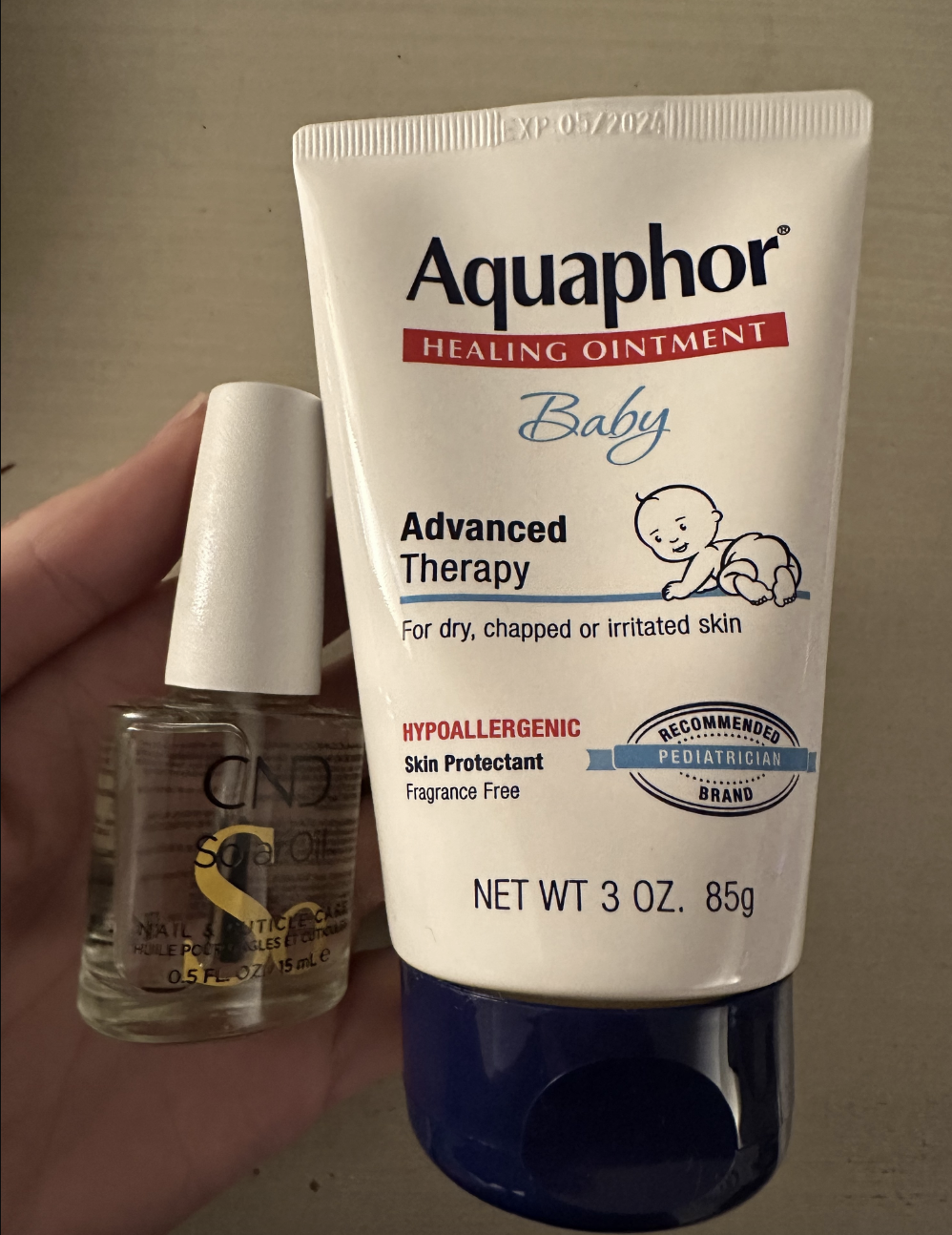
Vanessa explained that wearing gloves when doing things like washing dishes and cleaning can also help protect your nails — both with and without gel on them. "Prolonged exposure to water makes the nail expand by up to 25%. Nails are much more porous than gel, so when the nails expand in size and the gel stays the same, the gel will start to lift," Vanessa explained to BuzzFeed.
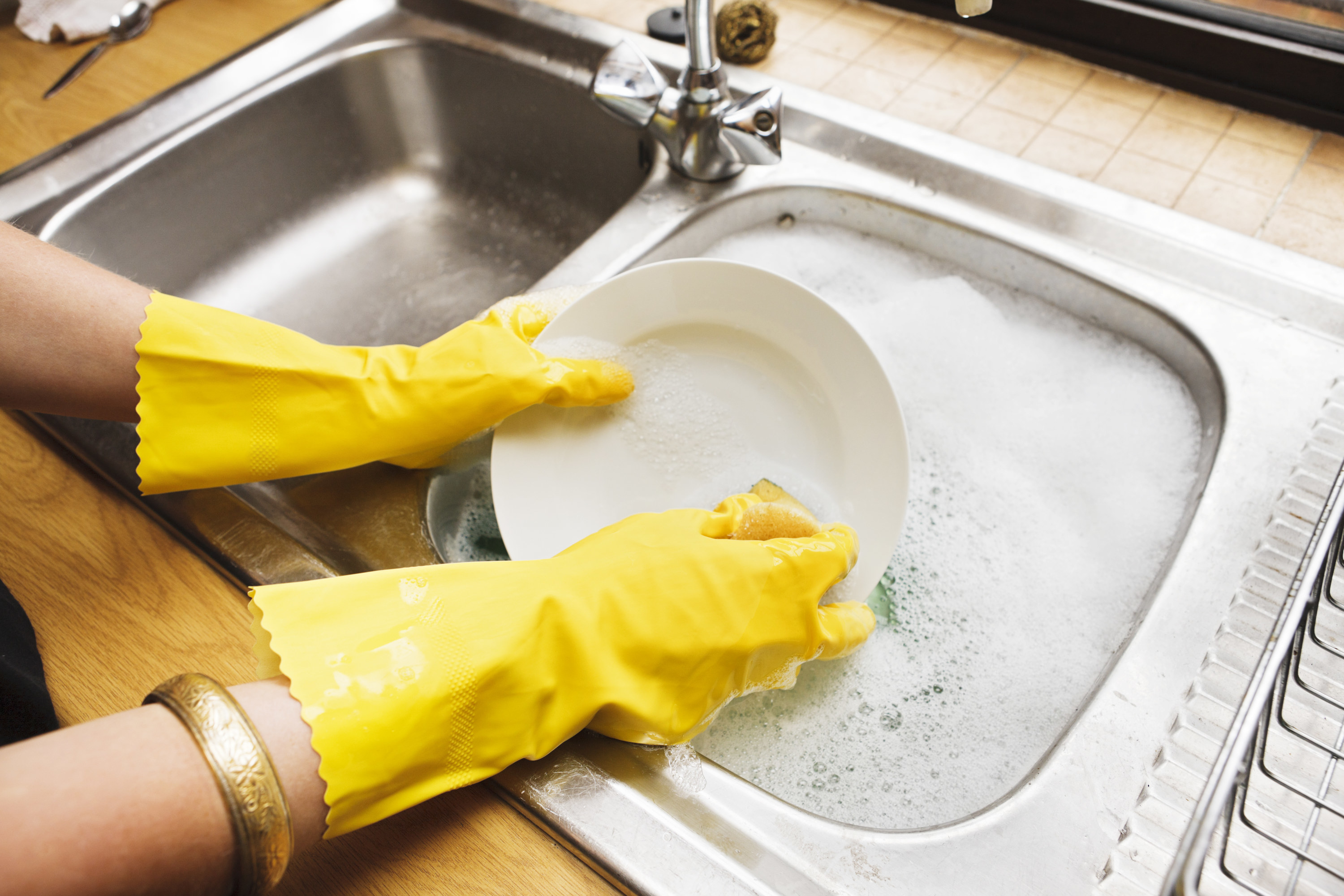
If you're a die-hard gel manicure fan and are not sure if you should be taking breaks for the health of your nails, Vanessa said there is no need to take a break by necessity. "If your nail artist uses the correct removal and prep techniques, you can continuously get gel manicures," she told BuzzFeed.
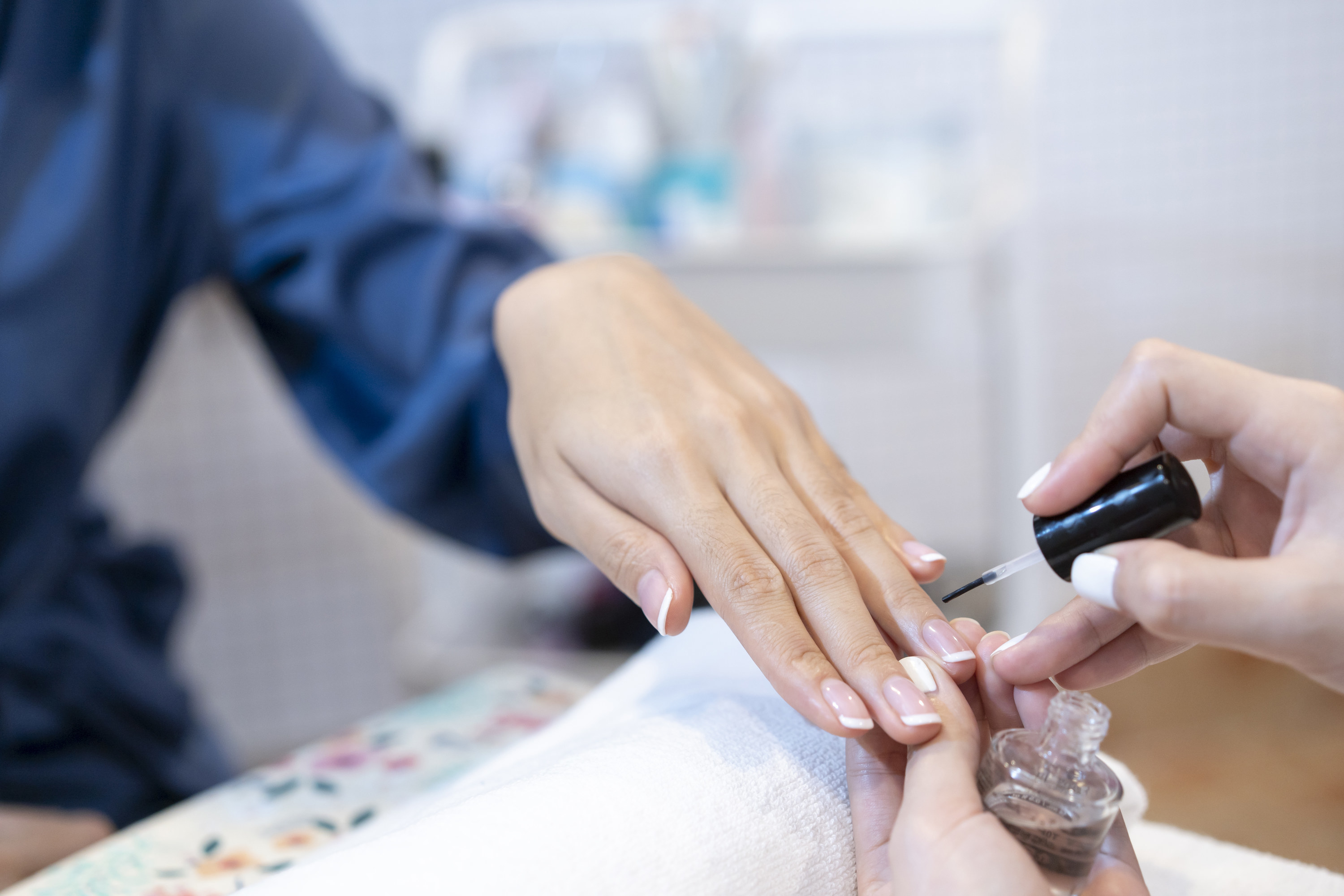
However, it's important to keep in mind that there's a lot of discourse around whether the UV and LED nail lamps that cure the gel polish can increase a person's risk of developing skin cancer — especially if you get gel manicures often.
A study published earlier this year stated that radiation from the UV light in nail lamps can damage the skin. Even the LED nail lamps emit UV light — just a smaller amount.
As experts — including MDs, board-certified dermatologists, and post-doc researchers — explain in longer interviews with The New York Times, SELF Magazine, and NPR, there's still a lot we don't fully know around potential skin cancer risk as it relates to getting gel manicures — because the research between the two has still been fairly limited.
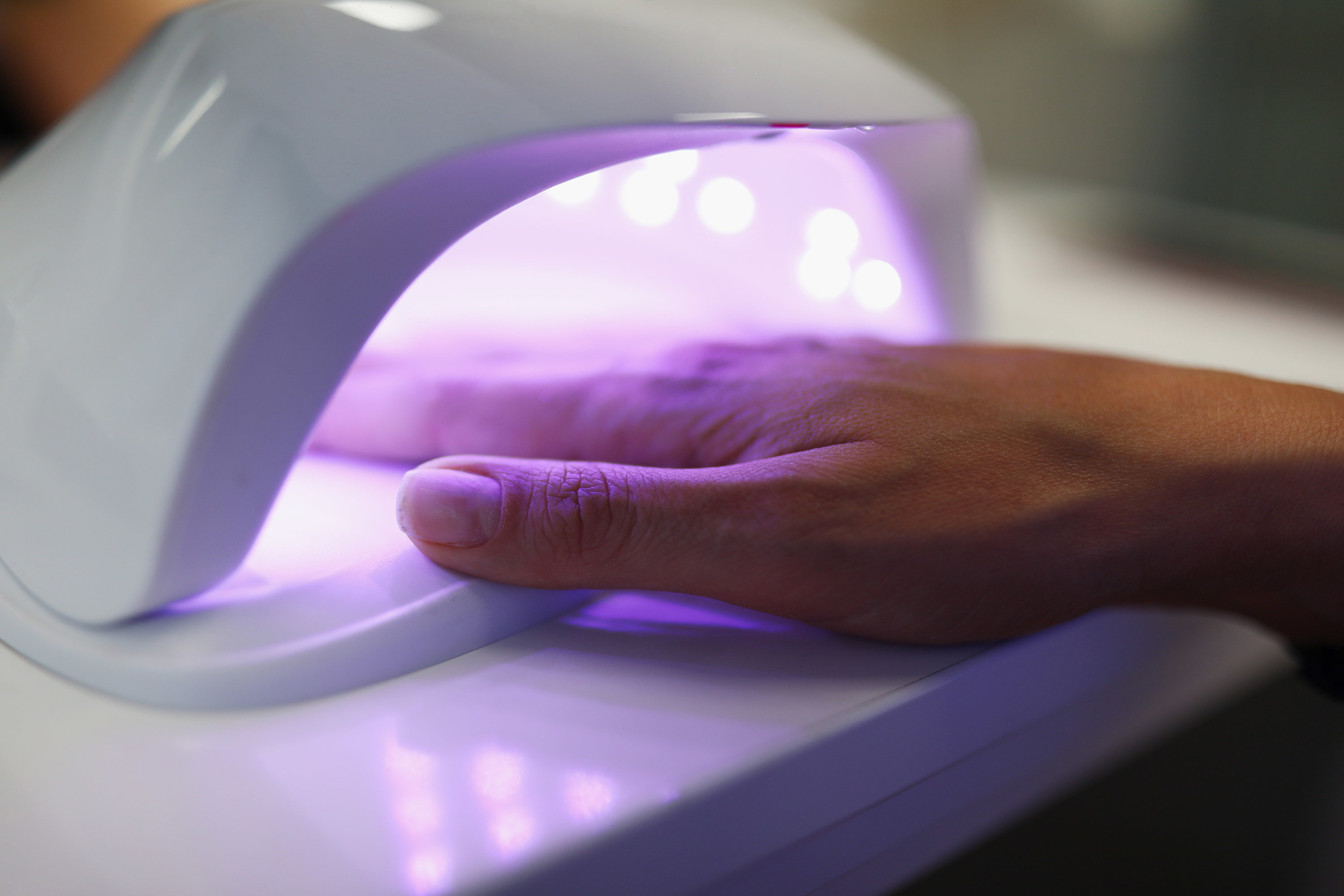
However, experts agree that people should exercise caution when exposing themselves to UV light in any way — including with gel manicures. As Shari Lipner, a dermatologist and director of the Nail Division at Weill Cornell Medicine, told NPR: without more data, it's impossible to say how much UV exposure is too much — but less is better.
